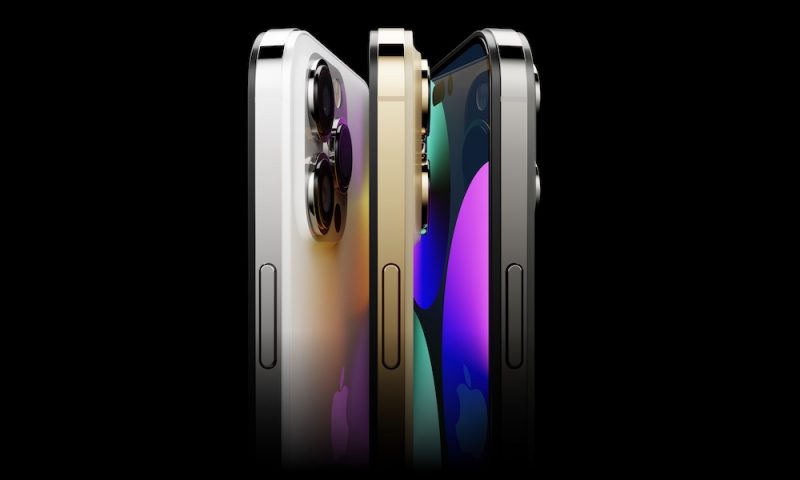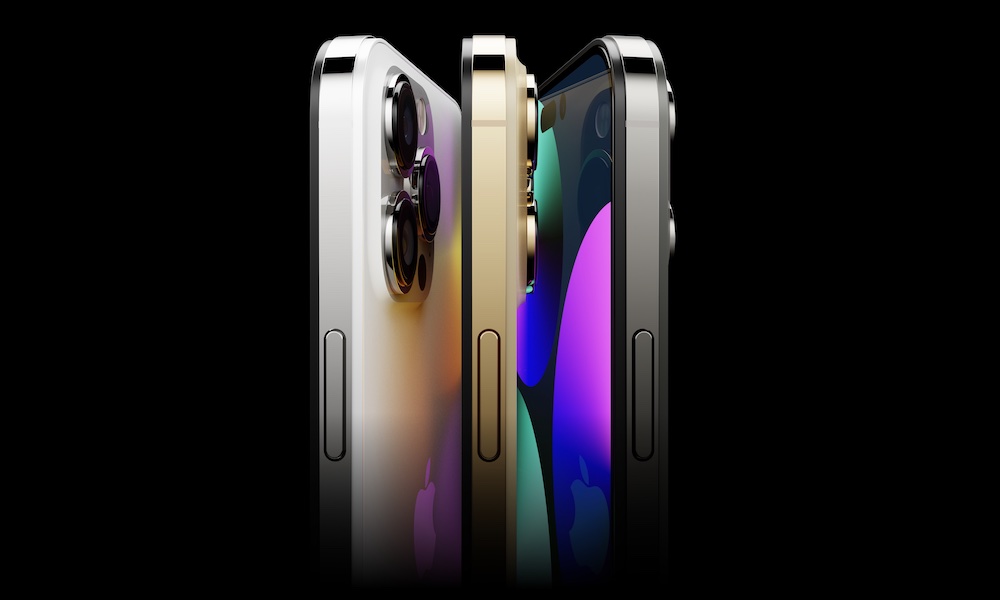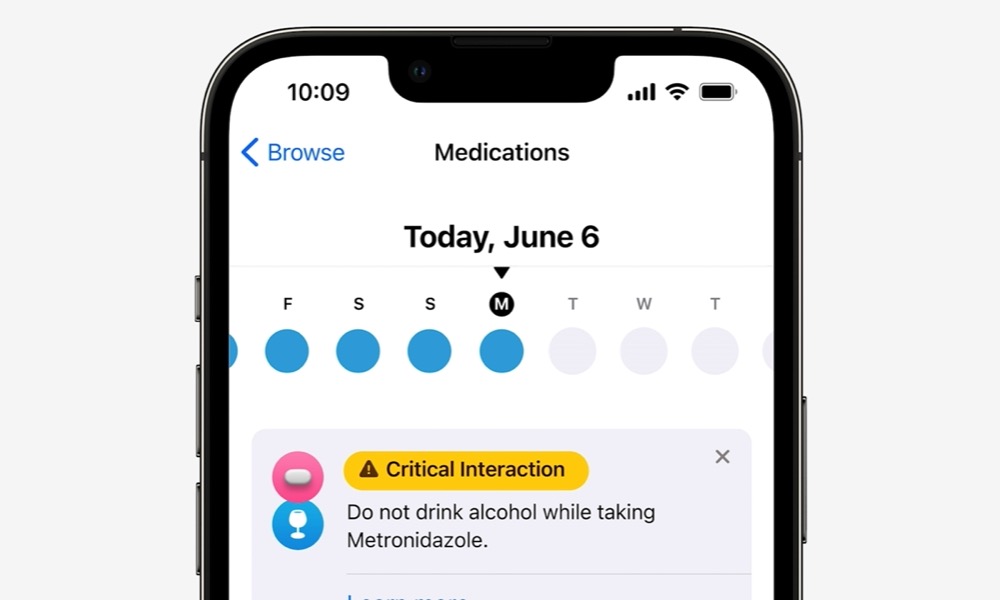Here’s the Reason The iPhone 14 Isn’t Getting a New Chip

 Credit: Vova LD / Twitter
Credit: Vova LD / Twitter
Earlier this year, the generally reliable Ming-Chi Kuo broke the rather stunning news that this year’s entry-level iPhone 14 would not be getting an upgraded A-series chip. Instead, it would feature the same A15 chip introduced with last year’s iPhone 13.
If true, this would be an unprecedented move for Apple, which over the years has released new versions of its iPhone processors without fail as each year’s flagship iPhones come along. Even when the wallet-friendly iPhone SE has joined the party, it always packs in the current-generation chips.
As strange as this seemed, Kuo’s prediction was backed up by several other reliable sources — including some of our own. According to everything we’ve heard, the iPhone 14 and iPhone 14 Max will stick with what is basically the same A15 chip found in the iPhone 13 lineup; only the iPhone 14 Pro and iPhone 14 Pro Max will move on to a new A16 chip.
It’s likely that Apple will slightly obfuscate this by giving the chip a new name, perhaps going with something like A16 and A16 Pro, and it may even get a few minor tweaks, but no matter what Apple calls it, this will still be essentially an A15 chip underneath it all.
6 Apps Everyone Should Absolutely Have on Their iPhone & iPad – Number 1 is Our Favorite
The App Store has become completely oversaturated with all the same repetitive junk. Cut out the clutter: These are the only 6 iPhone apps you’ll ever need…Find Out More

Most of the earlier reports pointed to supply chain problems as the reason for this; Apple simply couldn’t make enough chips to meet demand, some said. However, Bloomberg’s Mark Gurman is pointing to another cause: Apple’s chip engineering teams are spread too thin.
It’s All About the Mac
Since the M1 made its debut in 2020, Apple’s in-house Mac chips have taken the world by storm. As if that wasn’t enough, Apple followed that first act up less than a year later with the M1 Pro and M1 Max powerhouses and then dropped the insanely powerful M1 Ultra less than six months after that.
These first-generation M-series chips run circles around nearly everything else out there, and that’s just a start. Apple revealed the M2 chip last month, which will almost certainly be followed by an M2 Pro, M2 Max, and M2 Ultra within the next 12 months, and an M3 chip by this time next year.
On top of that, Apple may have encountered some setbacks with its own 5G modem chip designs, but it hasn’t given up on that project.
The problem is that all the engineering talent required to design these incredible chips must come from somewhere. Apple has always been a company that operates “lean and mean” when it comes to design and engineering, and there hasn’t exactly been a massive hiring spree of silicon engineers.
Most likely, Apple has been borrowing talent from elsewhere, such as the teams working on the iPhone and Apple Watch chips. Like the iPhone 14, we’ve been told the Apple Watch Series 8 will feature the same chip used since the Series 6. It will probably be called an “S8” chip, but it will be an S6/S7 under the hood.
According to Gurman, this is because Apple has shifted many of its resources over to the Mac side:
In order to get there, Apple’s silicon engineering group had to shift many of its testing, development and production resources to Mac chips. The question is whether that affected its other products. Combined with supply bottlenecks, the focus may have contributed to slower progress for the iPhone, Apple Watch and even cellular modems.
Mark Gurman
Gurman concedes that supply bottlenecks also have something to do with this, so there’s likely some truth to the A15/A16 reports from Kuo and others earlier this year. However, he notes that this is just the culmination of years of diminishing returns from Apple’s A-series chips.
For example, when Apple unveiled the iPhone 13 last year, company executives conspicuously avoided direct comparisons to the A14. Instead, they focused on how it compared to rival Android chips. In 2020, Apple didn’t talk much about the A14 chip when it debuted in the fourth-generation iPad Air, but that’s only because it was saving it for the iPhone 12 launch the following month.
The shift to the Mac has also stymied Apple’s 5G modem efforts, although Gurman adds that he never expected Apple’s chip to be ready for the 2023 “iPhone 15” as others had predicted. He says it’s a much bigger project than most people realize, and if Apple is going to produce its own modem chip, it had better at least hold its own against Qualcomm’s offerings — a tall order considering that Qualcomm has a big head start.
There has been a difference of opinion over when Apple actually planned to launch its own modem. Some analysts said it was 2023, but I’ve always believed that 2024 was the earliest date for an Apple modem since the company only started working on the project around 2019. It’s a big overtaking given the complexity of building a chip that needs to connect to 2G, 3G, 4G and 5G towers globally without fail, while offering as good or better performance as Qualcomm.
Mark Gurman
The other problem, Gurman shares, is that Apple’s chip engineers may be suffering from employee burnout. Engineers have reported that it’s a very demanding place to work, run with “military precision,” and Apple has been losing engineers at an alarming rate.
In fact, Apple’s decision to move to the M1 chip in the iPad may have been borne more out of necessity than anything else. Using the “off-the-shelf” M1 chip already designed for the Mac, Apple’s engineers are saved the trouble of designing yet another new chip.
[The information provided in this article has NOT been confirmed by Apple and may be speculation. Provided details may not be factual. Take all rumors, tech or otherwise, with a grain of salt.]







